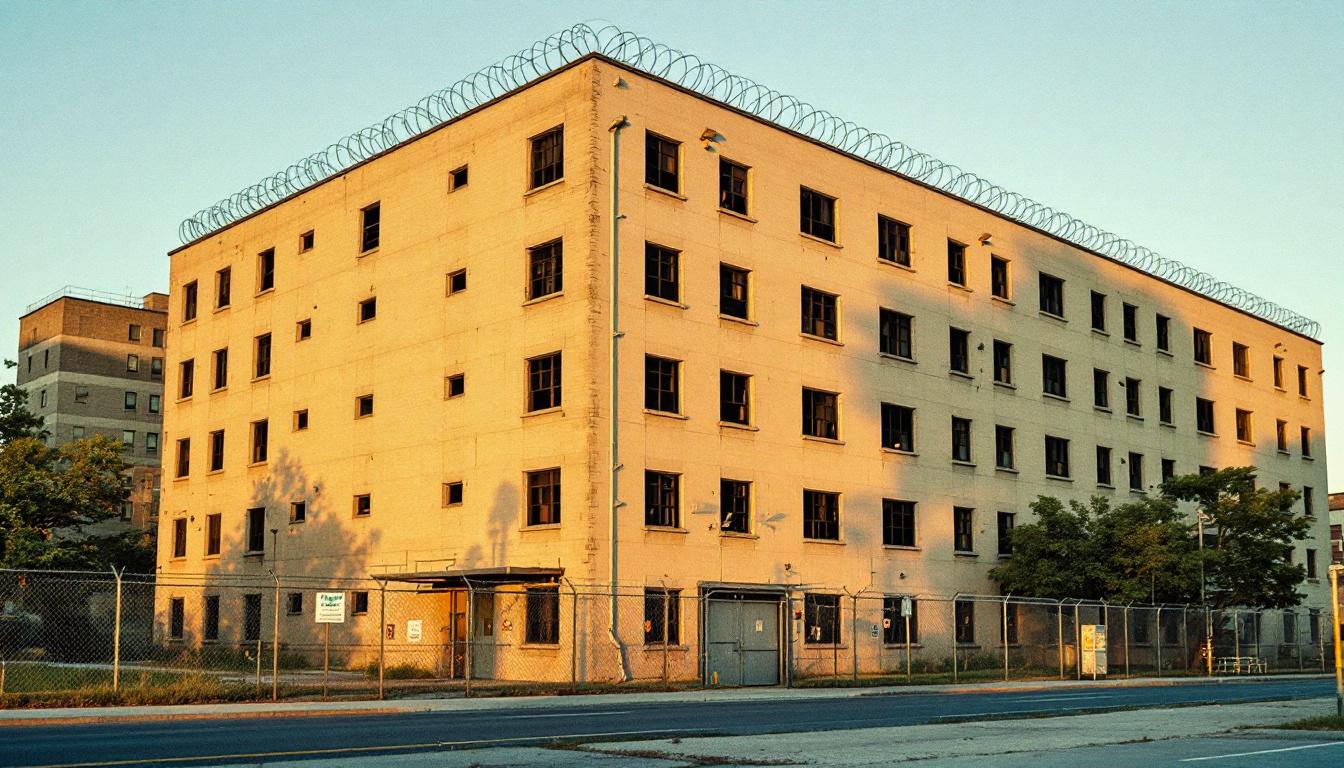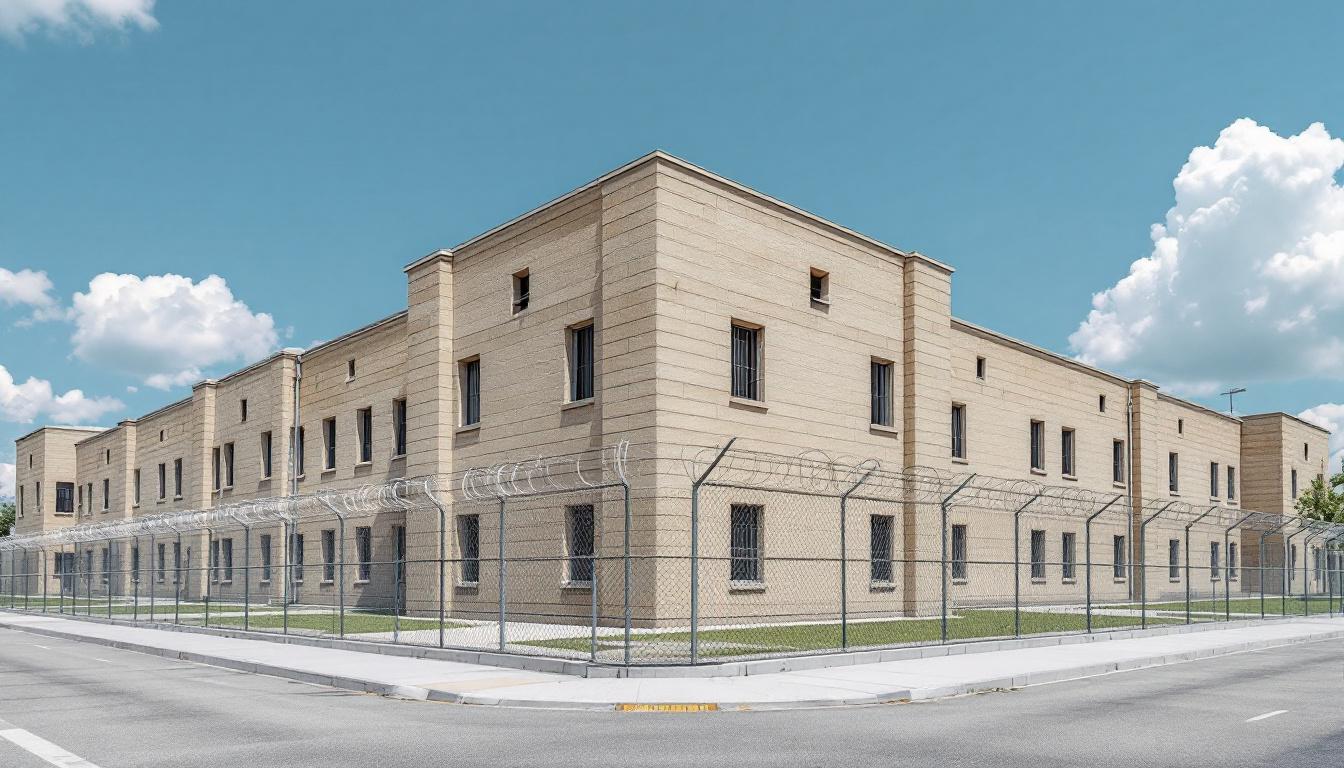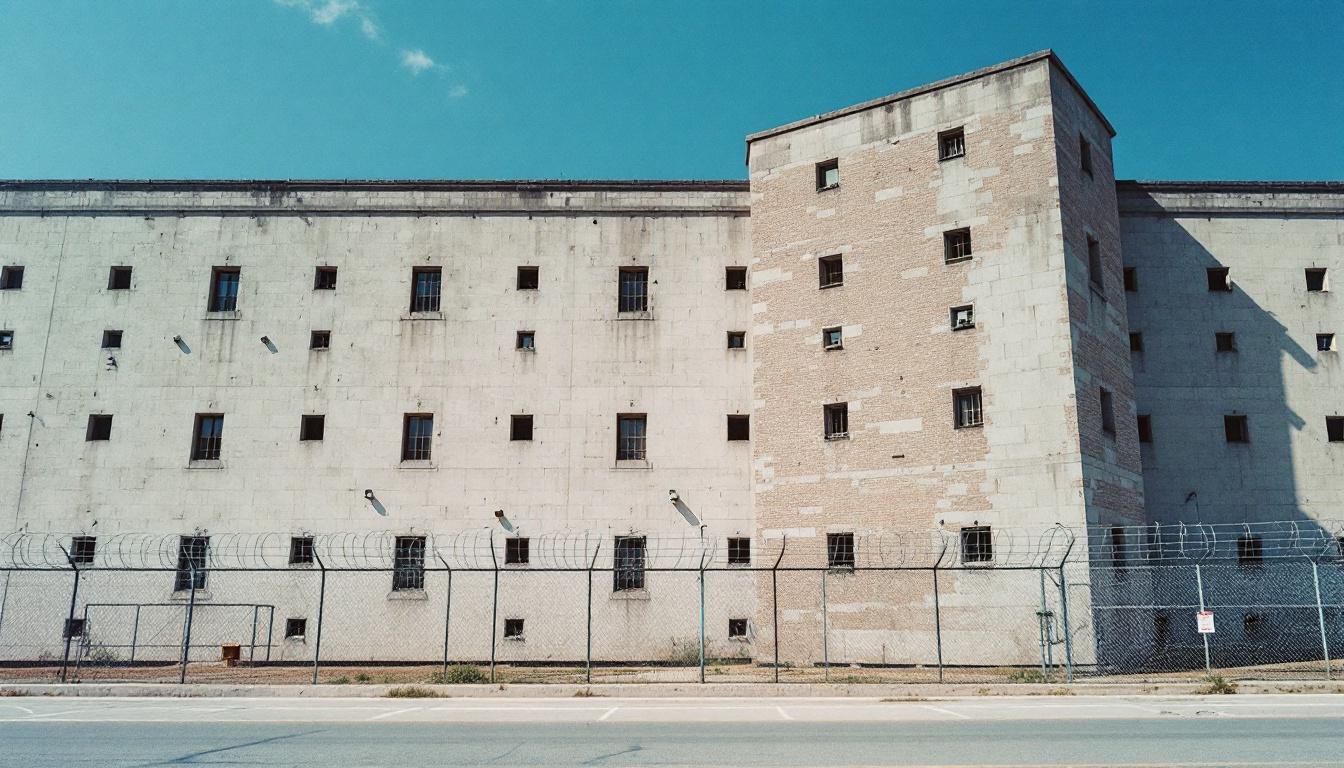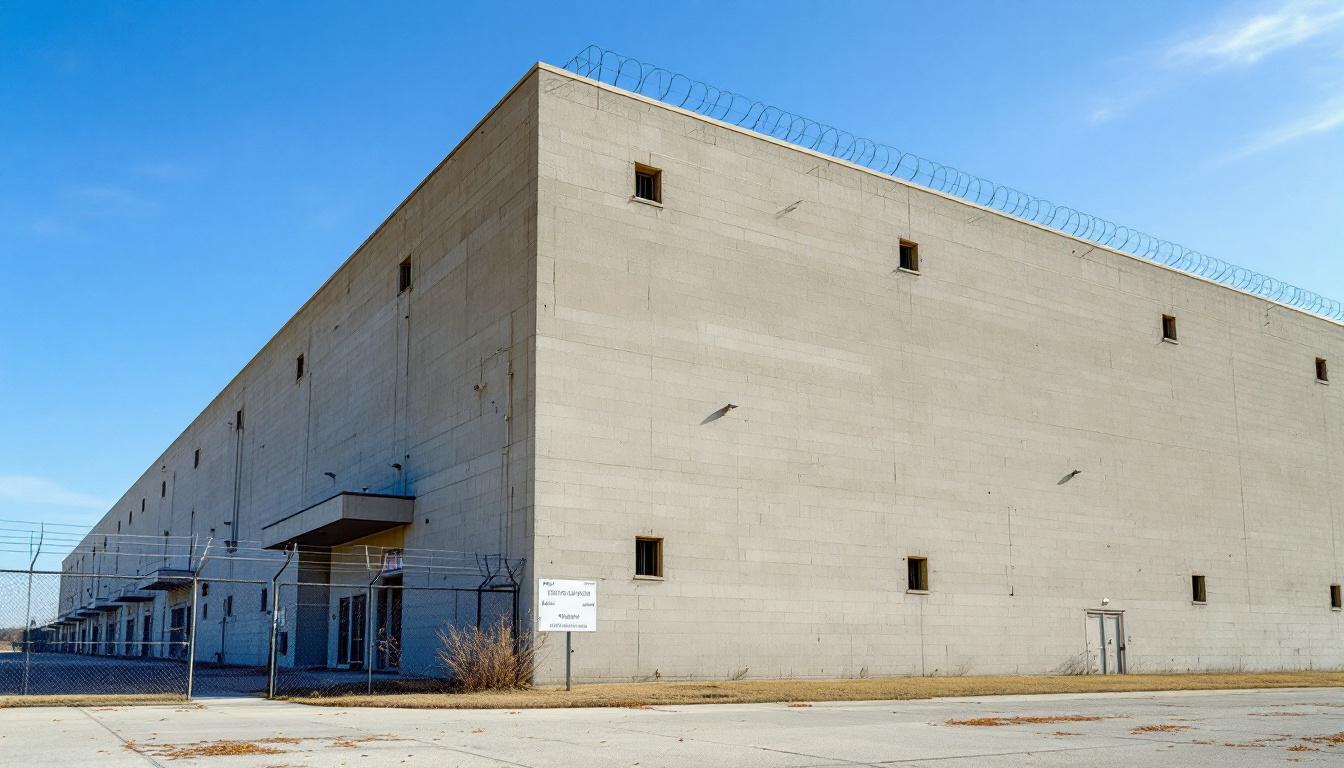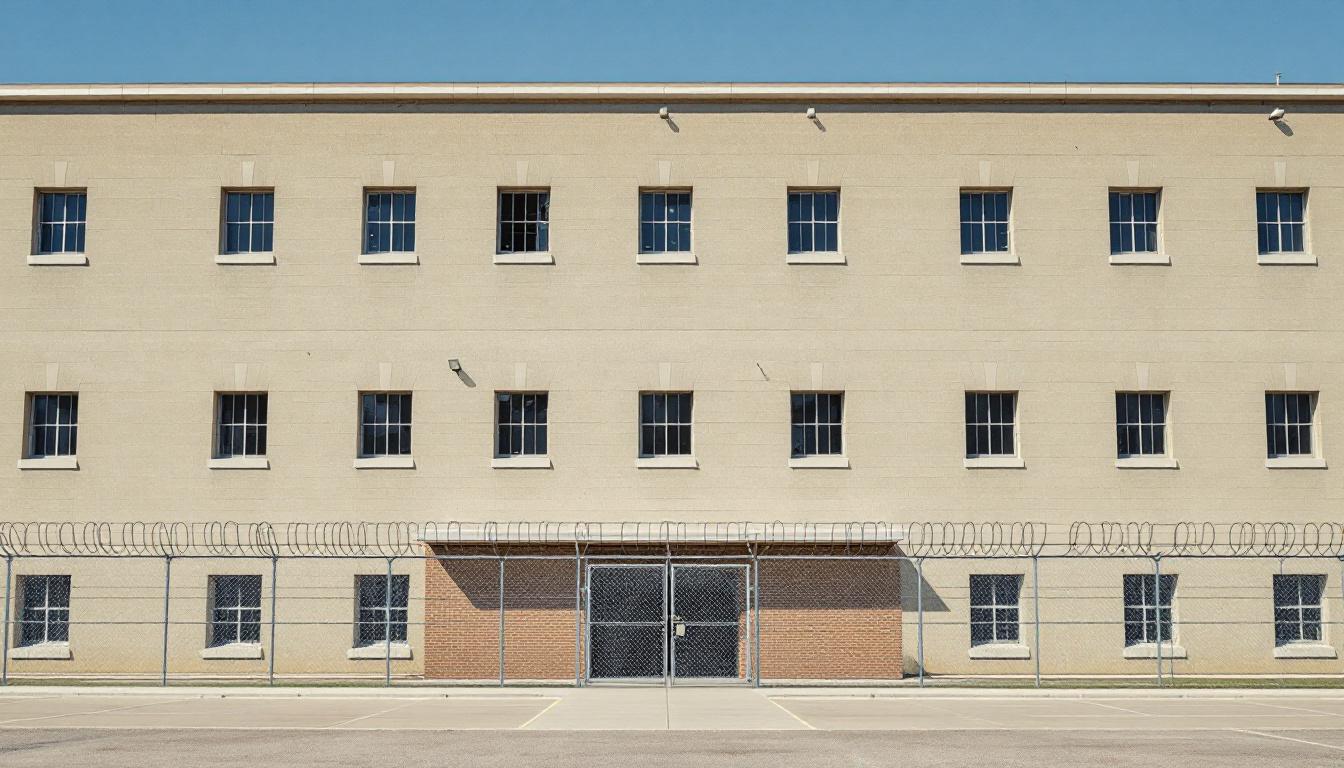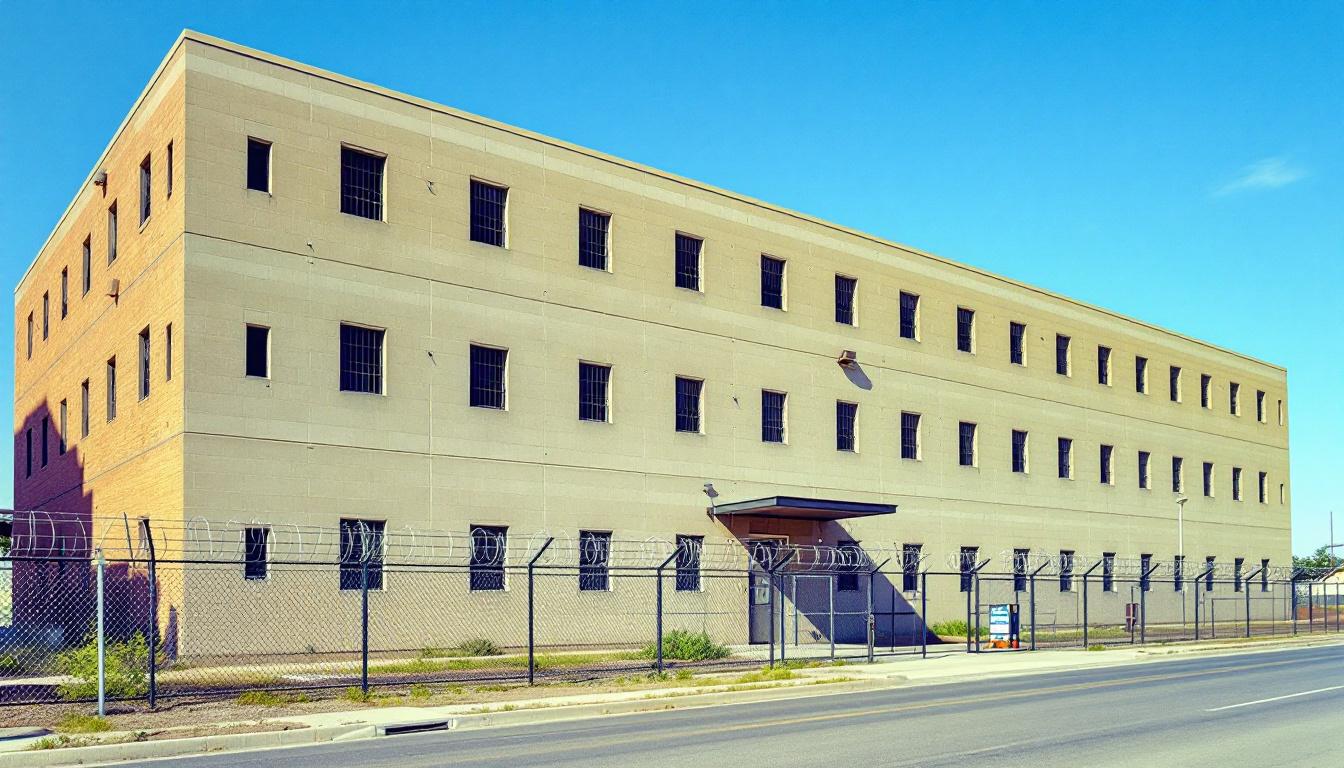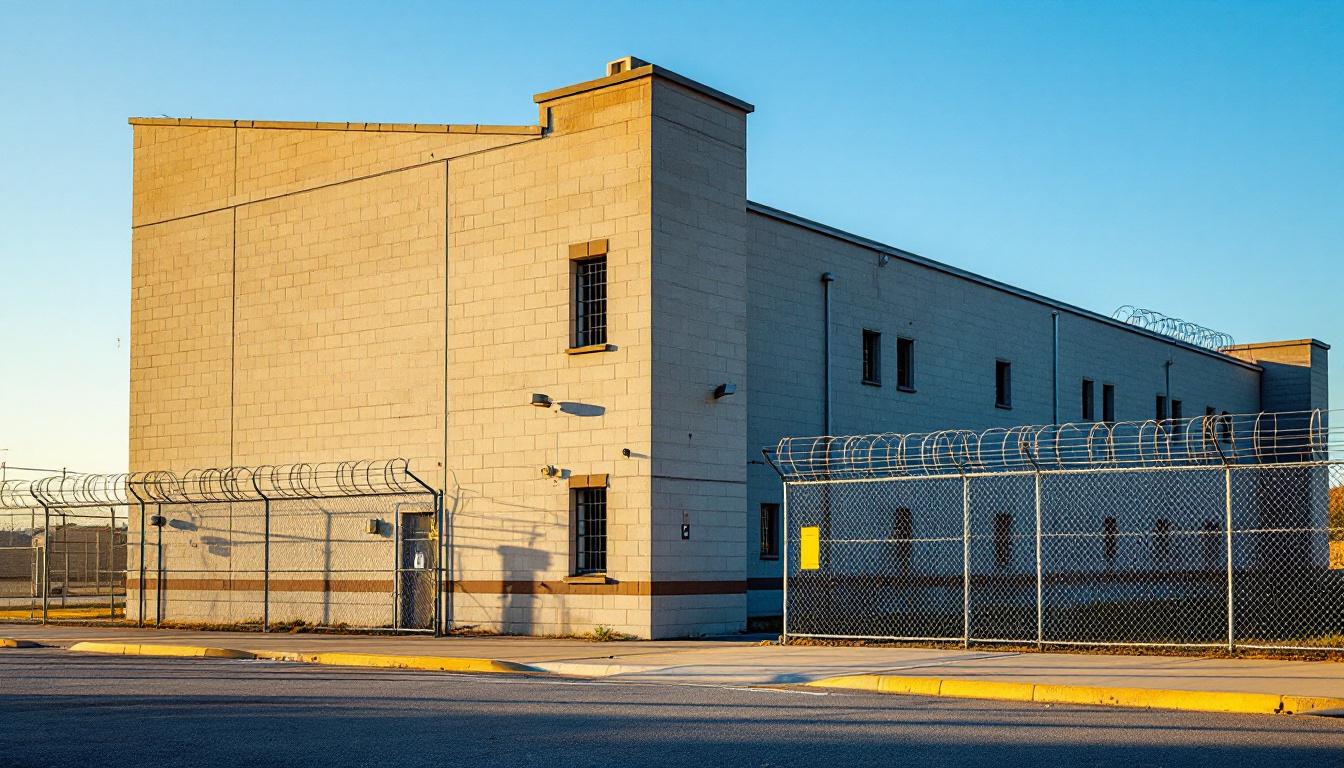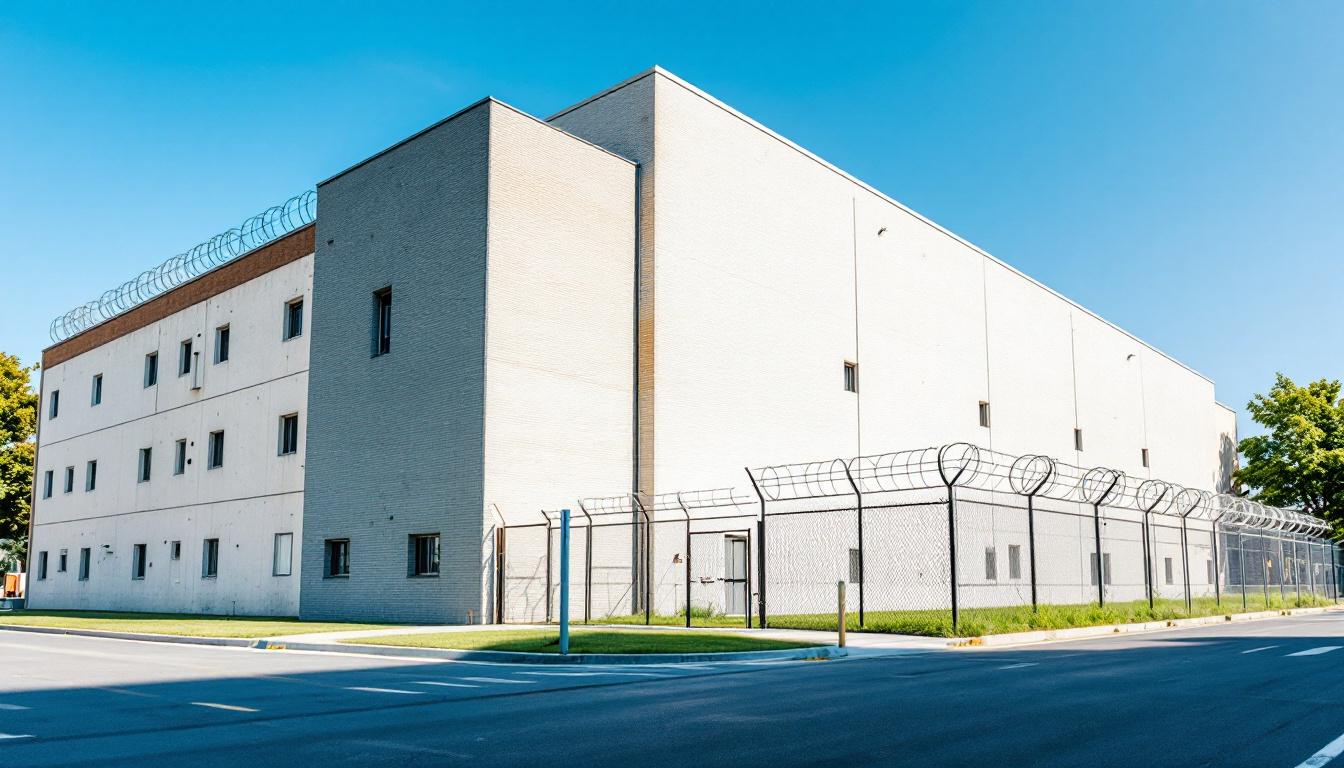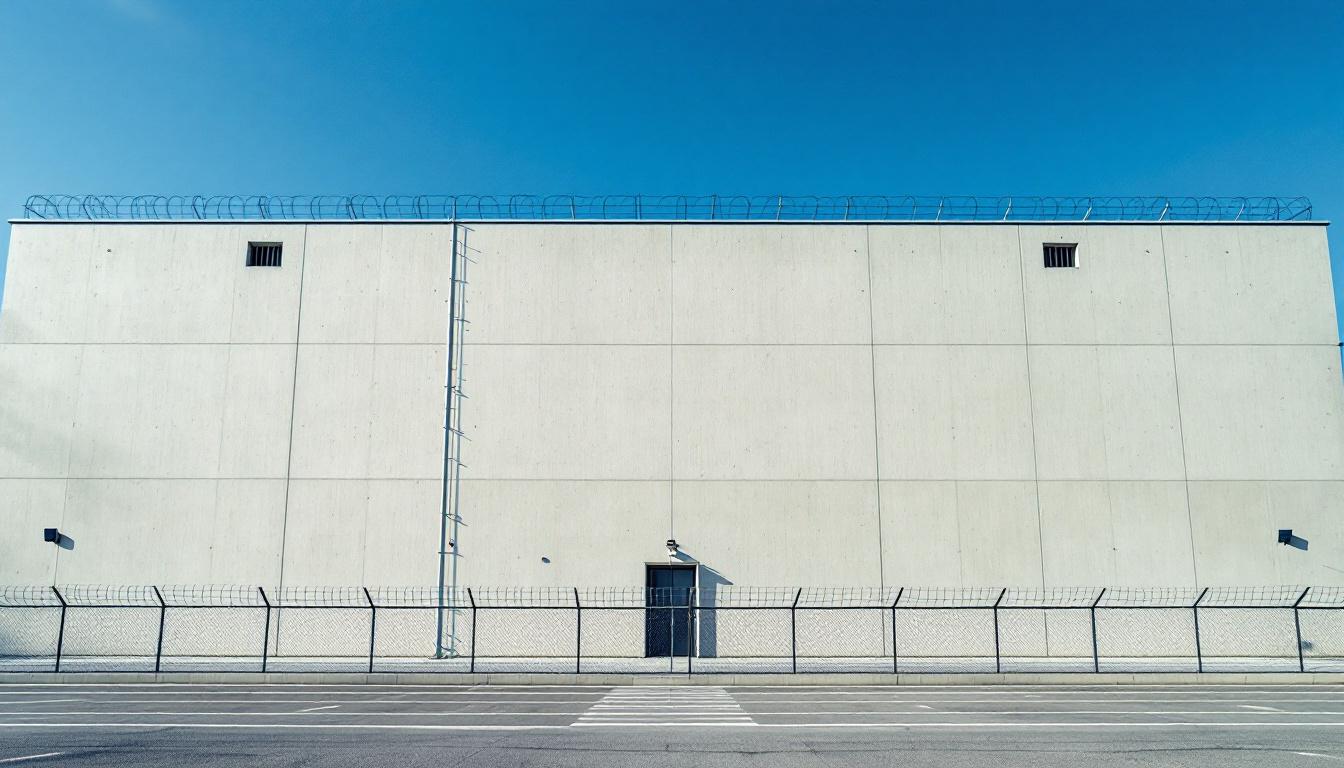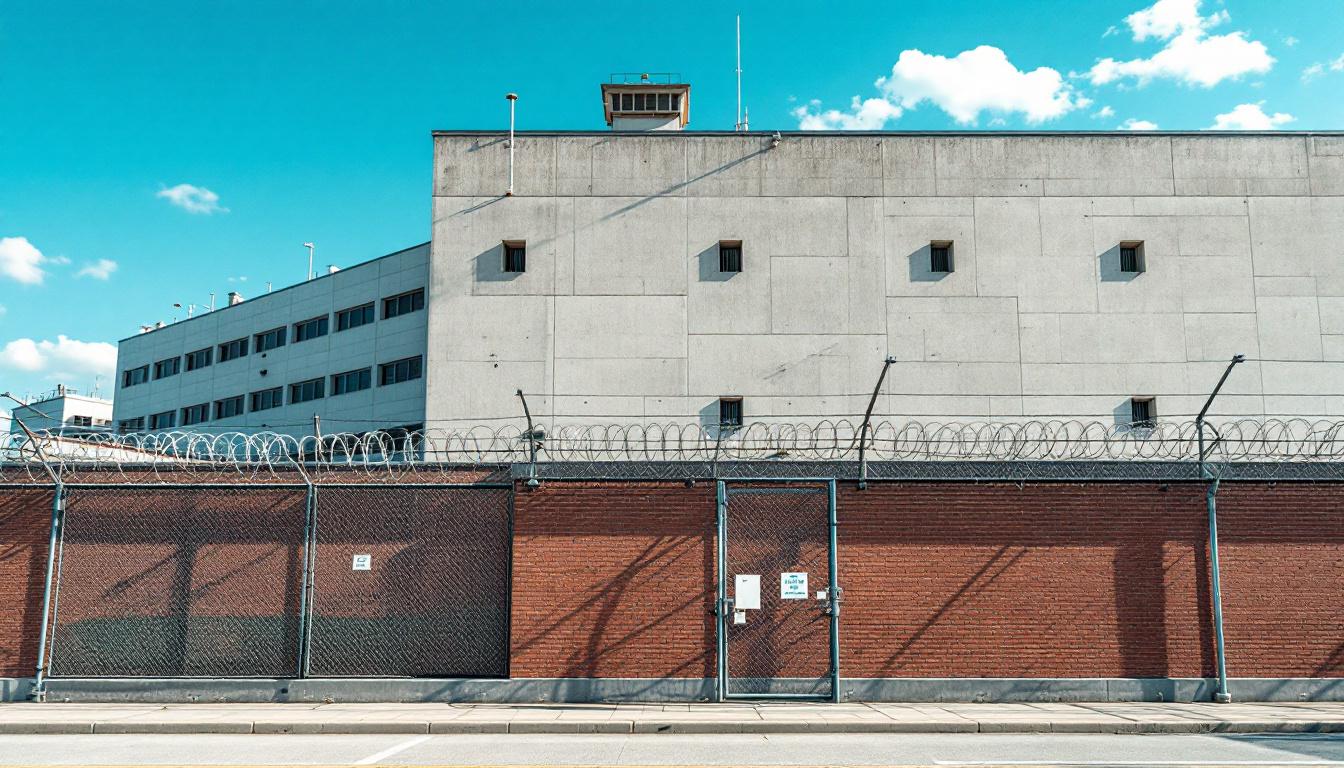
Quick Navigation
How to contact an inmate at Garvin County Sheriff's Office
This comprehensive guide will walk you through how to connect with an inmate at Garvin County Sheriff's Office. Follow the steps below to find an inmate and send letters and photos:
- Search for the inmate using our search tool below
- Create your account or log in to Penmate
- Write your message (up to 6,000 characters)
- Send instantly - inmates receive printed copies daily
Find an Inmate
Search for an inmate to start communicating today
Tip: You can search by first name, last name, or inmate ID number
To contact a person at Garvin County Sheriff's Office start by searching for the person on the official facility website. Perform a search by following these steps:
- Step 1: Enter their first name and last name into the search form and click "Search"
- Step 2: Locate their inmate record
- Step 3: Write down their Inmate ID and any housing information provided
Important! Be sure to enter the person's full name. Nicknames should not be used.
How to Send Messages to Inmates

You can use your phone or computer to send emails, letters, and photos to an inmate. Messages are sent electronically to inmate tablets or kiosks at the facility. If you would like to send a message, start by searching for an inmate at Garvin County Sheriff's Office.
Sending Photos and Postcards

A great way to send love and support to a loved one at Garvin County Sheriff's Office is to send photos and postcards. It only takes a few minutes to send photos from your phone and it makes a huge difference. You can also mail postcards with words of support and inspiration, or design your own postcard for special moments like birthdays and holidays.
Important! Be sure not to send any explicit photos or they may not be approved by the facility. You can also use a photo printing app like Penmate to make sure your photos are printed at the correct size (4x6 or 3x5) and are mailed according to the rules and regulations of Garvin County Sheriff's Office.
Frequently asked questions about Garvin County Sheriff's Office
-
How long does it take to deliver a message?
If you're sending an email message your letter is usually delivered within 24-48 hours. For messages sent via mail you should expect delivery within 3-7 days. All messages will need be approved by Garvin County Sheriff's Office.
-
How much does it cost to send a message to Garvin County Sheriff's Office?
You can send a message free using your phone or mail a message via USPS for the price of a $0.60 stamp and envelope. You can also purchase credits or e-stamps from services starting at $1.99.
-
What services can I use to contact an inmate at Garvin County Sheriff's Office?
Penmate
You can use Penmate to send letters and photos to an inmate from your phone. It's an easy way to stay in touch during your loved one's incarceration. Use the inmate locator to find an inmate's location and contact information, then you can send messages within a few minutes.
Securus messaging
Securus may be another option for communicating with an inmate at Garvin County Sheriff's Office. You can create a friends and family account and purchase credits to send messages. All messages will be reviewed and must be approved by the facility.
JPay
Some county jails and state prisons may support sending messages with JPay. You must register an account with the system, find your loved one, and purchase stamps to send messages. For some locations you can also attach photos.
Smart Jail Mail
You may also check if Smart Jail Mail is available at Garvin County Sheriff's Office. Smart Jail Mail is operated by Smart Communications and has contracted with some state and county jails. After purchasing credits, your messages and photos are sent to the facility, printed out, and then handed out to your loved one.
-
What is the mailing address of Garvin County Sheriff's Office?
Mailing address:
Garvin County Sheriff's Office
201 W Grant Ave
Pauls Valley, OK 73075
Phone: (405) 238-7591 -
What are the visiting hours at Garvin County Sheriff's Office?
Visiting hours at Garvin County Sheriff's Office vary by housing unit and security level. Generally, visits are scheduled on weekends and holidays, with some facilities offering weekday visits. Contact the facility directly at (405) 238-7591 or check their website for the current visiting schedule. Visits typically last 30-60 minutes and must be scheduled in advance.
-
What items are prohibited when sending mail to Garvin County Sheriff's Office?
Prohibited items typically include: cash, personal checks, stamps, stickers, glitter, glue, tape, staples, paperclips, polaroid photos, musical or blank greeting cards, hardcover books, magazines with staples, and any items containing metal or electronics. Only send letters on plain white paper with blue or black ink. Photos must be printed on regular photo paper (no Polaroids). Always check with Garvin County Sheriff's Office for their specific mail policies.
-
How do I send money to an inmate at Garvin County Sheriff's Office?
You can send money to an inmate at Garvin County Sheriff's Office through several methods: 1) Online using JPay, Access Corrections, or the facility's approved vendor, 2) Money orders mailed directly to the facility with the inmate's name and ID number, 3) Kiosks located in the facility lobby, or 4) Over the phone using a credit or debit card. Fees vary by method, typically ranging from $2.95 to $11.95 per transaction.
-
Can I schedule a video visit with an inmate at Garvin County Sheriff's Office?
Many facilities now offer video visitation as an alternative to in-person visits. At Garvin County Sheriff's Office, video visits may be available through services like Penmate, Securus Video Connect, GTL, or ICSolutions. Video visits typically cost $10-20 for 20-30 minutes and must be scheduled in advance. You'll need a computer or smartphone with a camera and reliable internet connection. Contact the facility for their specific video visitation policies and approved vendors.
-
What identification do I need to visit an inmate at Garvin County Sheriff's Office?
All visitors must present valid government-issued photo identification such as a driver's license, state ID, passport, or military ID. Minors must be accompanied by a parent or legal guardian who can provide the minor's birth certificate. Some facilities require visitors to be on the inmate's approved visitation list, which may require a background check. Contact Garvin County Sheriff's Office for specific ID requirements and visitor approval procedures.
-
How can I find out an inmate's release date?
To find an inmate's release date at Garvin County Sheriff's Office, you can: 1) Use the online inmate search tool if available, 2) Call the facility's records department, 3) Contact the inmate's case manager or counselor, or 4) Have the inmate provide this information during a call or visit. For privacy reasons, some facilities only release this information to immediate family members.
Facility Overview
Contact Information
Garvin County Sheriff's Office201 W Grant Ave
Pauls Valley, OK 73075
Phone: (405) 238-7591
Official Website
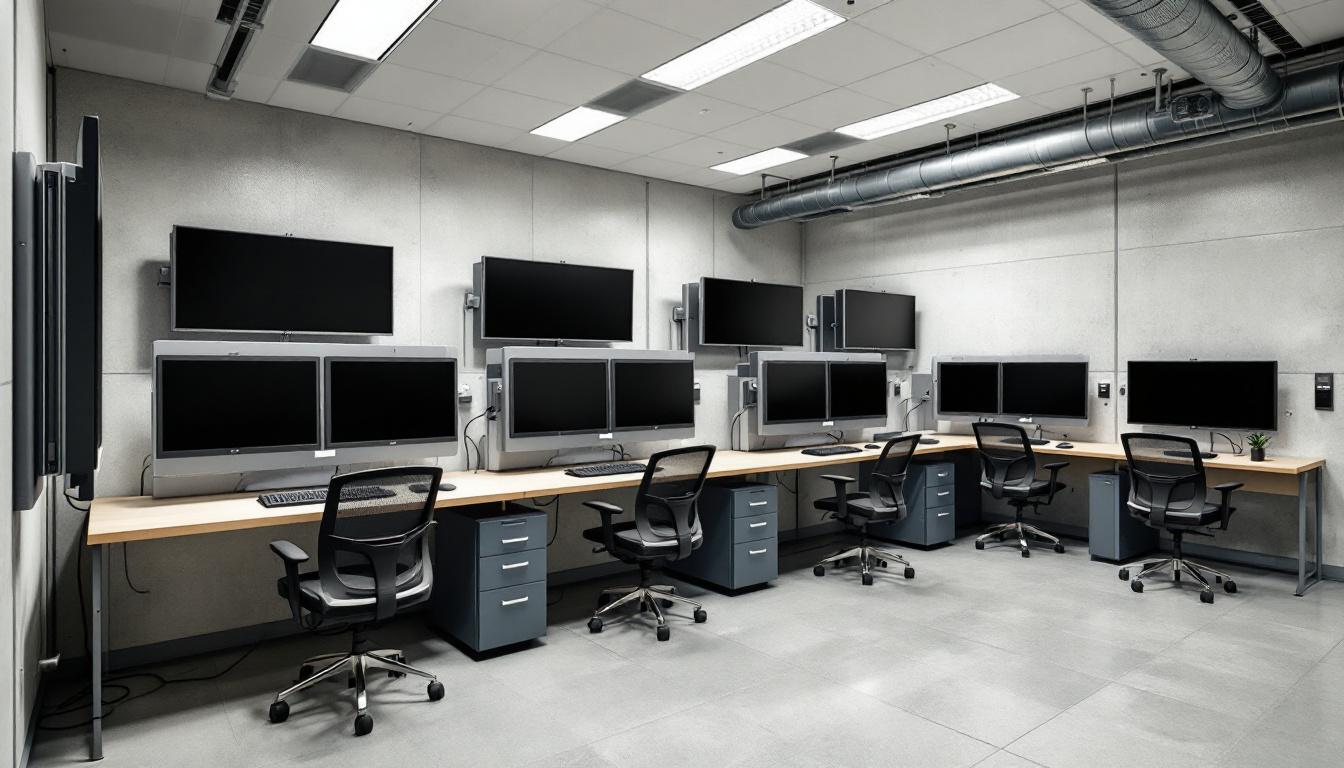
About Garvin County Sheriff's Office
Detention centers throughout Oklahoma's south region serve as critical components in the state's approach to justice and community safety, with facilities like Garvin County Detention, OK representing this essential infrastructure in communities such as Pauls Valley. Operating within this framework, the facility typically emphasizes a balanced approach that recognizes both public safety needs and the importance of preparing individuals for eventual reintegration into their communities.
The operational philosophy at this OK correctional facility generally centers on maintaining security while providing opportunities for personal development and accountability. Staff members often work to create an environment where individuals can access educational resources, substance abuse counseling, and other supportive services that may help address underlying issues contributing to their circumstances. The population services typically include basic healthcare, mental health support, and programming designed to help individuals develop skills and perspectives that support positive decision-making upon release.
Located in Pauls Valley, the detention center serves Garvin County and surrounding areas, functioning as part of the broader network of correctional facilities that support Oklahoma's justice system. The facility's community-centered approach often involves coordination with local organizations, family members, and support networks to help maintain connections that may prove vital during the reintegration process. This emphasis on maintaining community ties reflects an understanding that successful outcomes often depend on the strength of relationships and support systems available to individuals both during their time in custody and after their release.
Programs & Services
Comprehensive support services form the foundation of rehabilitation efforts, addressing the diverse needs of the population through carefully structured programs. The facility typically emphasizes a holistic approach that recognizes each individual's potential for positive change. These programs often focus on building essential life skills while addressing underlying challenges that may have contributed to incarceration.
Educational programs may supply fundamental literacy instruction, GED preparation, and basic computer skills training to help participants develop academic foundations. Vocational training opportunities often include practical skill development in areas such as construction, food service, and maintenance work. These educational and vocational initiatives typically prepare the population for meaningful employment upon release, fostering both personal growth and economic stability for successful community reintegration.
Support services encompass a broad range of therapeutic and enrichment programs designed to address emotional and spiritual well-being. Faith-based programs may offer spiritual guidance and community connection for those seeking religious support during their incarceration. Also available are trauma-informed care services that typically help participants process past experiences and develop healthy coping mechanisms. Library services often provide educational resources and recreational reading materials, while janitorial services may offer work opportunities that teach responsibility and job skills. These comprehensive support programs work together to create an environment where the population can focus on personal development and prepare for successful return to their families and communities.
Daily Life & Visitation
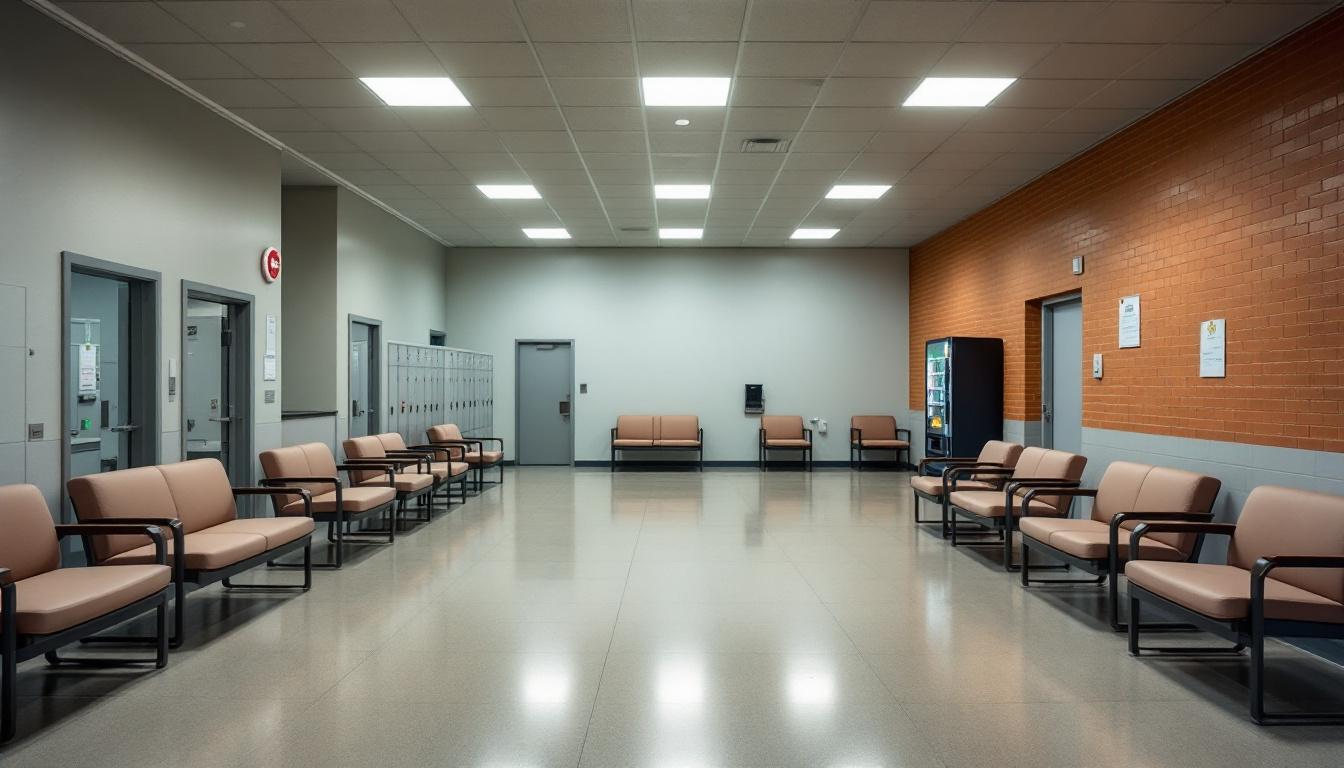
Structured oversight shapes every aspect of the experience for the population, with clear organizational systems that currently guide daily routines and continue to maintain order throughout the facility. The detention center operates on established schedules that typically begin with early morning counts and progress through designated meal times, programming periods, and recreational opportunities. Generally, the population follows a routine that includes structured wake-up times, scheduled meals served in designated dining areas, and organized activities that supply both structure and purpose to each day.
Housing units at the facility are organized to accommodate different classification levels, with the population typically residing in dormitory-style or cell-based arrangements depending on their specific housing assignment. Living accommodations usually include basic furnishings and personal storage space, while common areas may offer television viewing and social interaction opportunities. Also, the population generally has access to commissary services where they can purchase approved personal items and snacks to supplement their daily needs.
Programming schedules continue to provide structure through various activities that may include educational opportunities, work assignments within the facility, and recreational periods. The population typically has access to outdoor recreation time when weather and security conditions permit, along with indoor exercise options. However, family connections remain important, with visitation policies generally allowing scheduled visits and phone communication privileges that help maintain relationships with loved ones. Work assignments often supply the population with opportunities to contribute to facility operations while developing skills, and structured programming may include educational classes or counseling sessions designed to support personal development during their stay.
Ready to Connect?
Start communicating with your loved one today
Search for an Inmate
